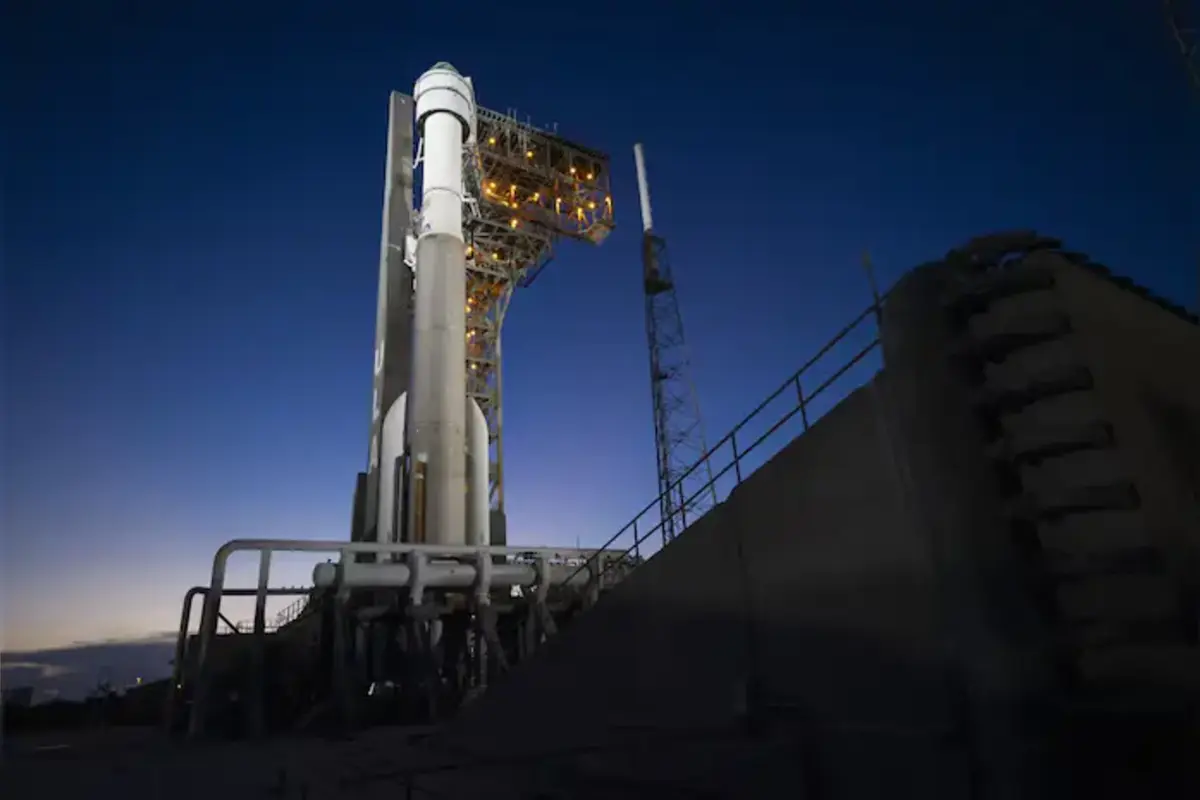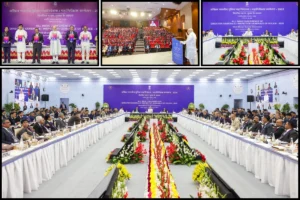
On Sunday, Boeing and NASA announced that their teams are preparing to fly the new Starliner space capsule on June 5, following the cancellation of its first test flight launch attempt on Saturday.
On Saturday, the Starliner spacecraft was poised for flight from NASA’s Kennedy Space Centre in Florida when a ground system computer issued an automated abort command, effectively ending the launch sequence.
NASA noted that its teams worked overnight to assess the ground support equipment at the launch pad that failed during the countdown. They discovered an issue with a ground power supply within one of the chassis, which supplies power to a subset of computer cards controlling various system functions.
NASA reported, “The chassis holding the faulty ground power unit was removed, visually inspected, and replaced with a spare chassis”.
The CST-200 Starliner’s maiden crewed flight to the International Space Station (ISS), with two astronauts aboard, remains a significant milestone for Boeing as it competes for a larger portion of the lucrative NASA business now dominated by Elon Musk’s SpaceX.
Once launched, the Starliner is planned to arrive at the space station after a 24-hour voyage and dock with the orbiting research outpost around 250 miles (402 kilometres) above Earth.
Also read: Israel Encourages A Governing Hamas Substitute In Gaza
To read more such news, download Bharat Express news apps


















